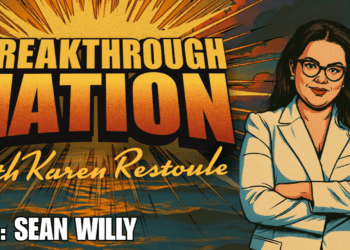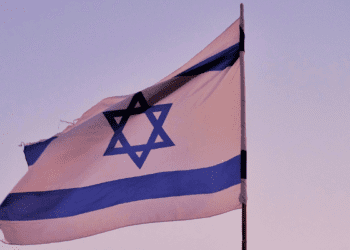In a recent contribution to Christopher Moore’s Canadian History Blog, Mary Stokes draws our attention to the unpleasant competition between Ukrainians and Jews over the Museum’s allocation of exhibition space.
The Nazi Holocaust is to have a “dedicated space.” Other documented “mass atrocities,” like the Rwandan massacres, the Cambodian Killing Fields and the Holodomor – the deliberate starvation and execution of millions of Ukrainians during Stalin’s regime – are to occupy a “separate zone,” meaning, I take it, a shared space. (See the story in the National Post, January 8, page 1.)
The Museum acknowledges the problem. Angela Cassie, the Museum’s director of communications said: “We don’t want this to be a competition on suffering. But the Holocaust is the most documented of all mass murders so it can be used to deconstruct the steps that lead to all mass murder. But I know that many people will still not be satisfied with our decision.”
Mary Stokes (Moore’s History Blog) asks : “how do we as historians, and as citizens, measure historical evil and victim-hood?” There is no definitive answer, she concludes: “everything is political (in the largest sense of the word.)”
She’s right. Is it enough to say that museums are not the place for politics?
I notice that nothing was said in the Post‘s account about the destruction of the Armenian population of the Ottoman Empire during and after World War II, or the “ethnic cleansings” of the Balkans. Oh, the twentieth century! And is the twenty-first likely to be better?
Posted by Janet Ajzenstat




